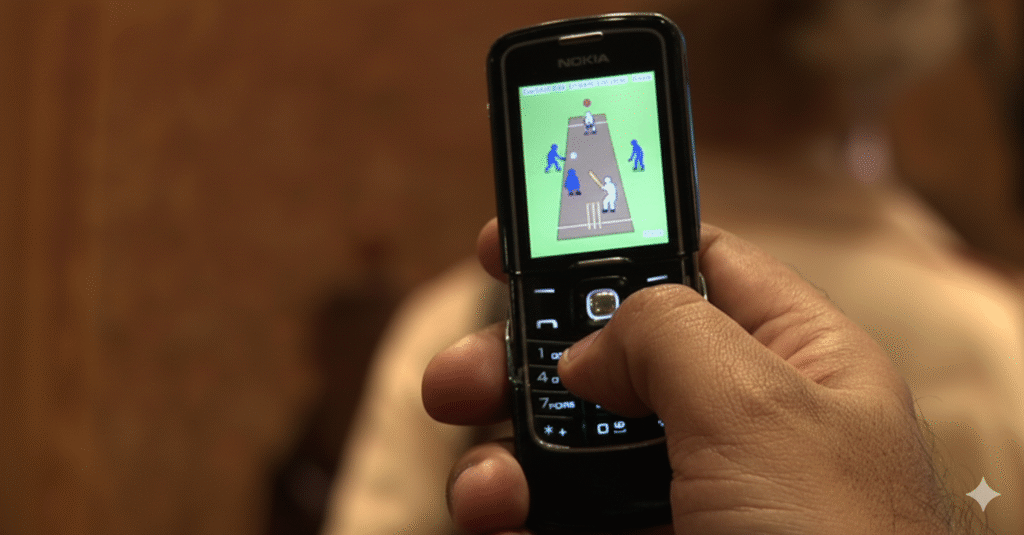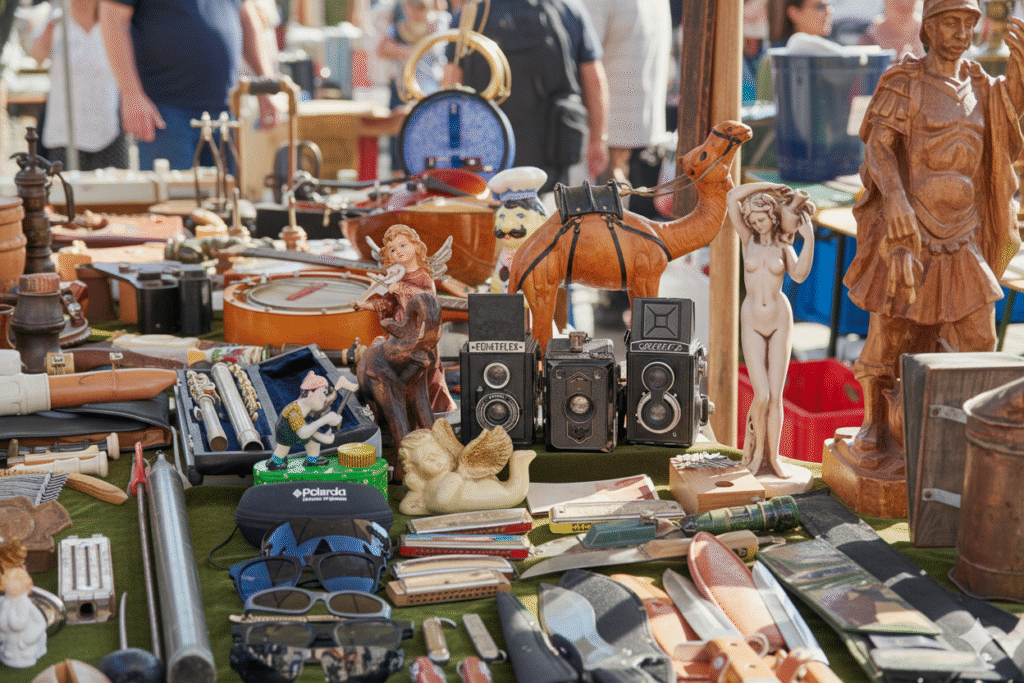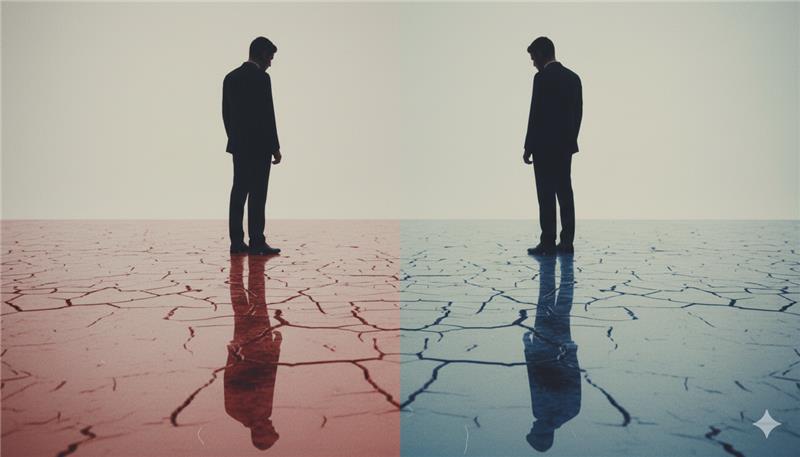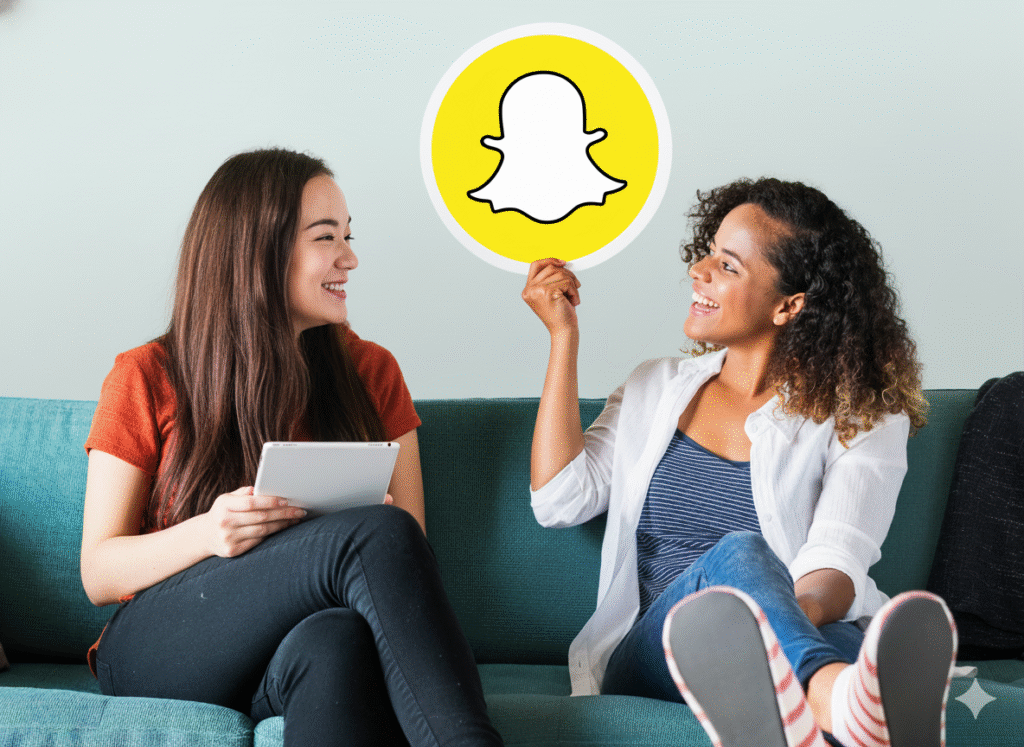The Nostalgia Effect in UX Design: Why Looking Back Makes Us Spend More
Remember your first phone?
The chunky keypad, the joy of customizing ringtones, maybe even endless hours of playing Snake. Or perhaps it’s the smell of chalk in your school classroom, your first bicycle ride, or those cassette tapes rewound with a pencil.
Chances are, just thinking about it brought a smile. That’s nostalgia at work.
We often dismiss nostalgia as a harmless daydream, but psychologists have found it has a measurable impact on our decisions — especially how we spend money.
We often dismiss nostalgia as a harmless daydream, but psychologists have found it has a measurable impact on our decisions — especially how we spend money.

The Experiment: Two Groups, Two Mindsets
Researchers once split people into two groups:
- Group 1 was asked to recall a nostalgic event from their past. Afterwards, they were more willing to spend, save less, and indulge in experiences.
- Group 2 was asked to think about an ordinary, neutral day-to-day event. This group valued money more conservatively and was less likely to part with it.

Why We Think the Past Was Better
As humans, we carry a deep bias: the old days always feel good. But here’s the irony — if you compare actual metrics, the present is often better:
- Lifestyle: Technology has made our lives far more comfortable.
- Comfort: From food delivery to air conditioning, convenience is everywhere.
- Knowledge: We have more wisdom and information at our fingertips than ever before.
Yet, two tensions remain universal:
- We’re stuck to the past.
- We’re anxious about the future.

Nostalgia in UX, Design — and Pop Culture
So how do designers use this? By weaving subtle nods to the past into modern experiences.
- Snapchat’s vintage filters are among its most popular features — because they remind people of old photos and aesthetics.
- Retro packaging often boosts sales in crowded markets, simply because it feels familiar.
- Throwback design elements (like skeuomorphic icons or “90s arcade” game interfaces) can create instant emotional connections.

Even Hollywood leans on this heavily. After the huge success of Spider-Man: No Way Home — where Marvel brought back Tobey Maguire and Andrew Garfield alongside Tom Holland — nostalgia became a formula. Since then, many Marvel projects (Doctor Strange in the Multiverse of Madness, Deadpool & Wolverine, Avengers: Endgame, Secret Wars, What If…?) have relied on reviving old characters and actors. Even when scripting wasn’t at its peak, audiences still rushed to theaters, driven largely by the emotional pull of seeing their favorite heroes return.
It’s proof that nostalgia is often stronger than rational evaluation — and in design, just like cinema, emotions win over logic.

Final Thought
Nostalgia isn’t just about looking back. For designers and marketers, it’s a powerful way to connect with users, spark joy, and influence decisions in the present.
Because at the end of the day, while the world keeps moving forward, a part of us will always long for the way things used to be.